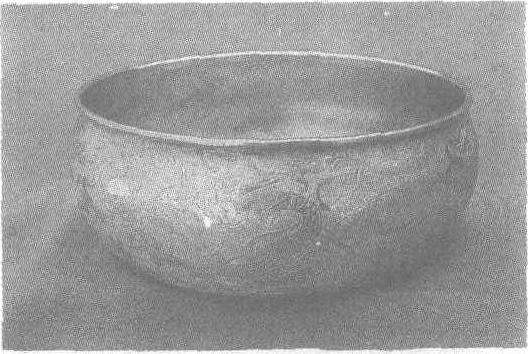金盂
明。高5.9厘米,口径14.3厘米。重375.5克。1958年北京市定陵出土。北京市定陵博物馆藏。此金盂敛口,腹微膨出,平底,盂外壁饰以游龙戏珠,此做工精良,花纹线条细腻。

| 词条 | 金盂 |
| 类别 | 中文百科知识 |
| 释义 | 金盂明。高5.9厘米,口径14.3厘米。重375.5克。1958年北京市定陵出土。北京市定陵博物馆藏。此金盂敛口,腹微膨出,平底,盂外壁饰以游龙戏珠,此做工精良,花纹线条细腻。
|
| 随便看 |
开放百科全书收录579518条英语、德语、日语等多语种百科知识,基本涵盖了大多数领域的百科知识,是一部内容自由、开放的电子版国际百科全书。